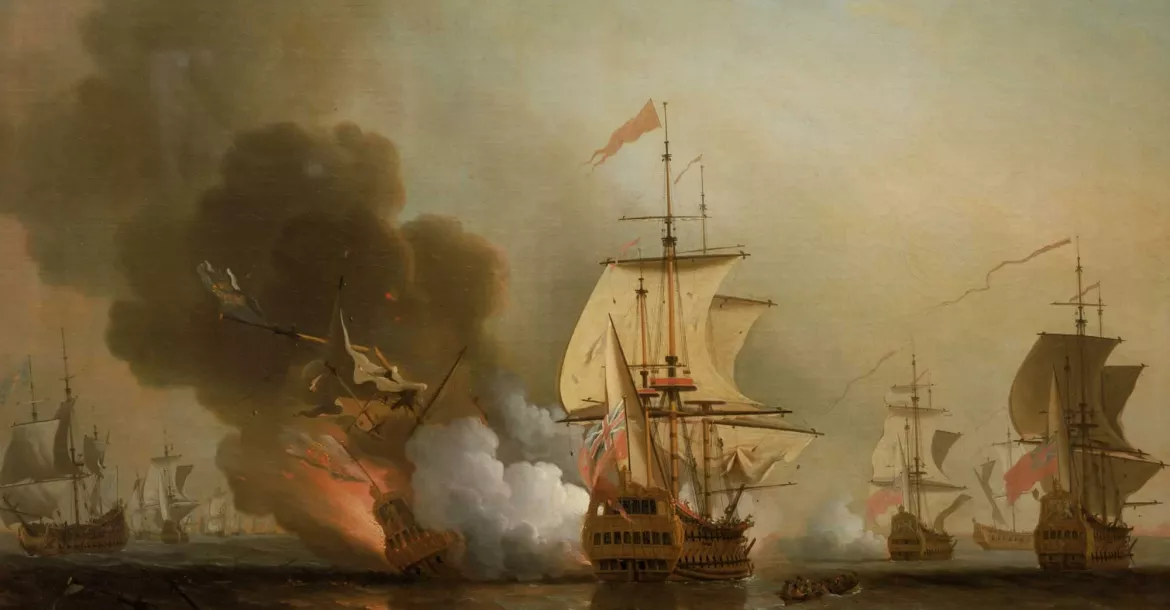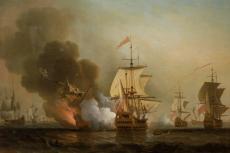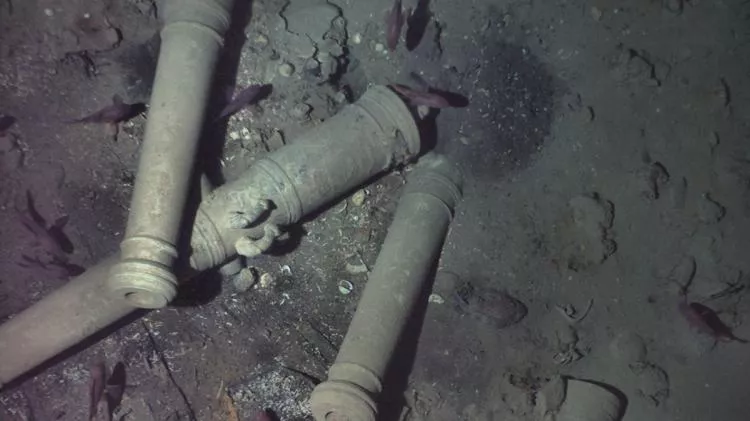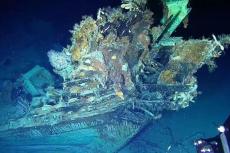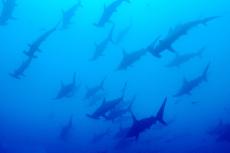Colombia looks to recover treasures from the San José shipwreck
Colombia is set to embark on a historic underwater expedition to recover objects from the 1708 shipwreck of the galleon San José, which has been dubbed the “holy grail of shipwrecks.“
(TOP BANNER IMAGE: Samuel Scott / Wikimedia / public domain)
The San José, a three-decked galleon approximately 150ft long and armed with 64 guns, sank during a battle with British ships in 1708. It is believed to contain 11 million gold and silver coins, emeralds and other precious cargo from Spanish colonies. Researchers have identified bronze cannons, ceramic and porcelain vases, and personal weapons among the artefacts, confirming the wreck’s identity.
Its recovery has been a subject of international intrigue and legal disputes, and its location, off Colombia’s Baru peninsula, remains a state secret.
Juan David Correa, Colombia’s Culture Minister, announced plans for the first recovery attempts between April and May 2024, depending on Caribbean ocean conditions. Emphasising the scientific nature of the expedition, Correa stated, “This is an archaeological wreck, not a treasure.“ The Colombian government aims to position the country at the forefront of underwater archaeological research.
Legal and diplomatic challenges
The San José’s discovery in 2015 sparked legal battles in the United States, Colombia and Spain over the rights to the sunken treasure. In 2018, UNESCO urged Colombia not to exploit the wreck commercially, highlighting the potential loss of significant heritage. Colombia, not a signatory to the UN Convention on the Law of the Sea, faces international scrutiny over its handling of the wreck.
The ship’s cargo is estimated to be worth between US$4 billion and US$20 billion. A US salvage company has also laid claim to a portion of the treasure, citing a 1980s agreement with the Colombian government. The outcome of these legal disputes could significantly impact the distribution of the recovered wealth.
By balancing scientific exploration with legal and ethical considerations, Colombia’s endeavour could uncover a significant chapter of maritime history while potentially yielding an immense economic windfall.

